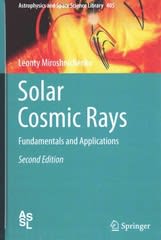Answered step by step
Verified Expert Solution
Question
1 Approved Answer
81C How does reversible work differ from useful work? 82C Under what conditions does the reversible work equal irreversibility for a process? 83C What final
8–1C How does reversible work differ from useful work?
8–2C Under what conditions does the reversible work equal irreversibility for a process?
8–3C What final state will maximize the work output of a device?
8–4C Is the exergy of a system different in different environments?
8–5C How does useful work differ from actual work? For what kind of systems are these two identical?
Step by Step Solution
There are 3 Steps involved in it
Step: 1
81C Reversible work refers to the maximum amount of work that can be obtained from a system as it undergoes a process assuming the process is carried out in a reversible manner ie without any losses d...
Get Instant Access to Expert-Tailored Solutions
See step-by-step solutions with expert insights and AI powered tools for academic success
Step: 2

Step: 3

Ace Your Homework with AI
Get the answers you need in no time with our AI-driven, step-by-step assistance
Get Started


